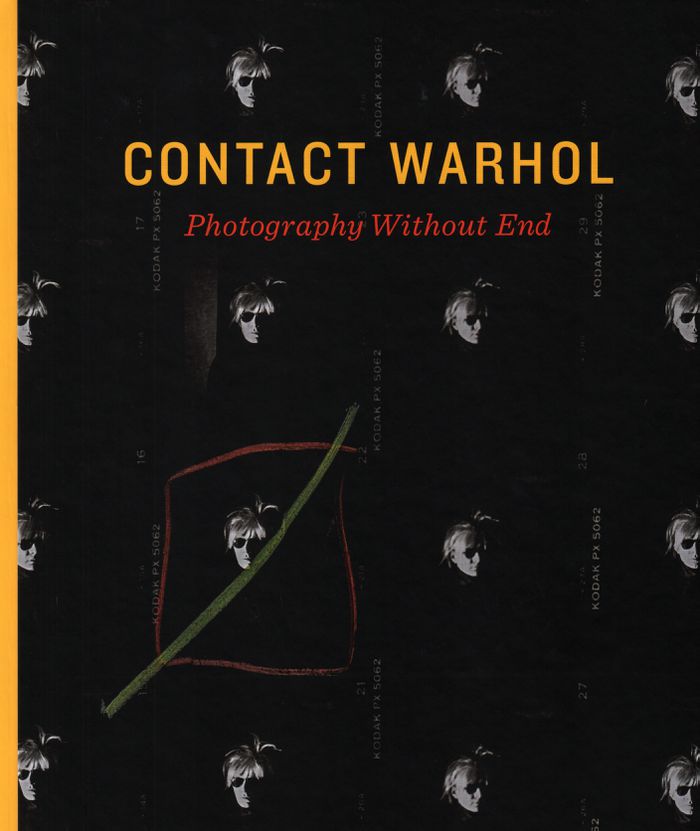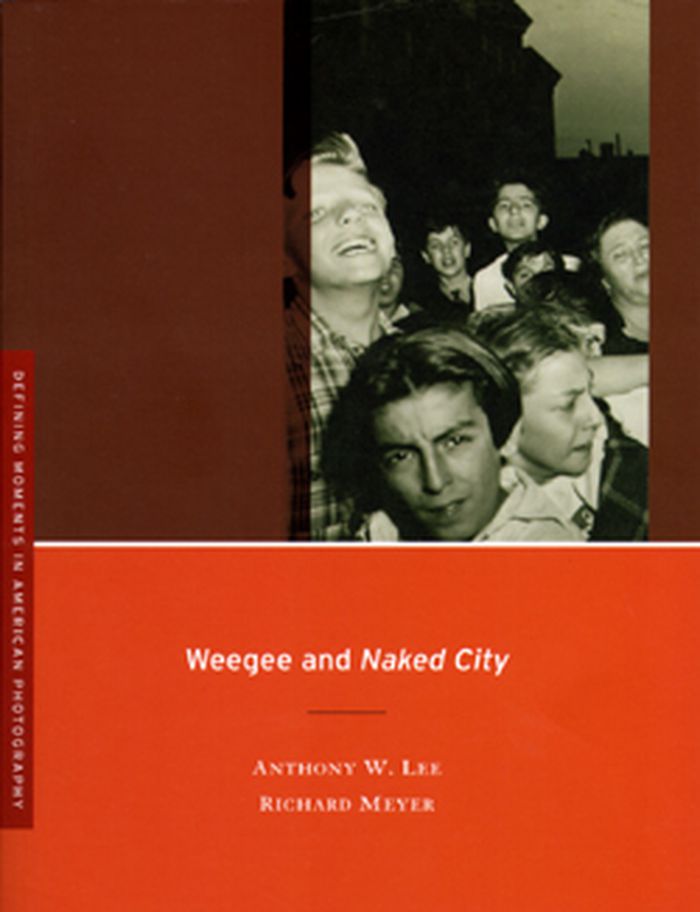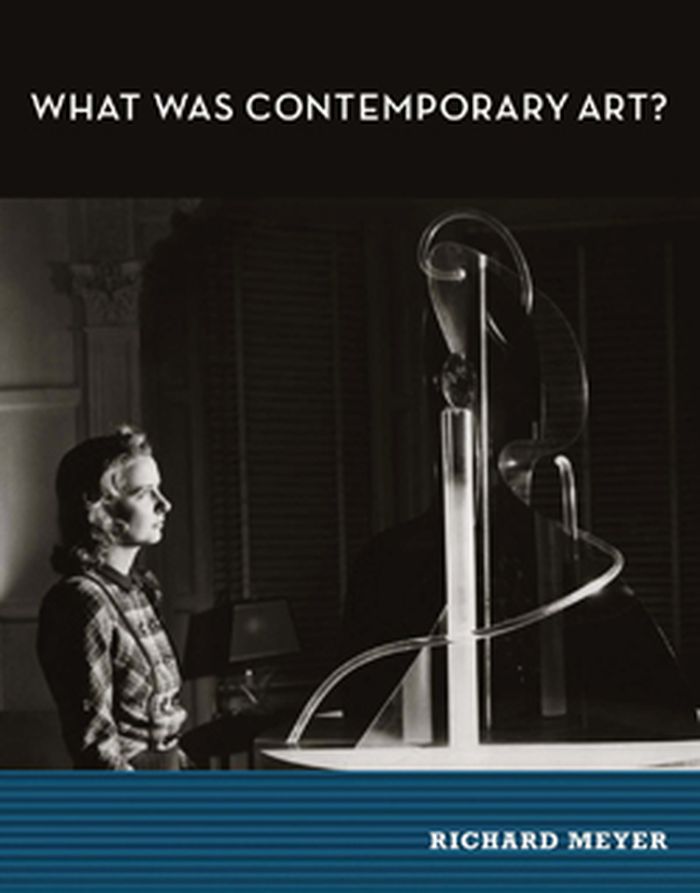$50.00
(available to order)
Summary:
From 1976 until his death in 1987, Andy Warhol was never without his camera. He snapped photos at discos, dinner parties, flea markets, and wrestling matches. In a way, Warhol's daily photography practice anticipated our current smart phone habits - our need to record our friends, our families, and our food. Warhol printed only about 17 percent of the 130,000 exposures he(...)
Contact Warhol: photography without end
Actions:
Price:
$50.00
(available to order)
Summary:
From 1976 until his death in 1987, Andy Warhol was never without his camera. He snapped photos at discos, dinner parties, flea markets, and wrestling matches. In a way, Warhol's daily photography practice anticipated our current smart phone habits - our need to record our friends, our families, and our food. Warhol printed only about 17 percent of the 130,000 exposures he left on contact sheets. In 2014, Stanford's Cantor Center for the Arts acquired the 3,600 contact sheets from the Warhol Foundation. This book examines and documents for the first time these contact sheets and photographs - Warhol's final body of work
Photography monographs
Weegee and Naked City
$19.95
(available to order)
Summary:
Arthur Fellig, better known as Weegee, and his 1945 photography book, Naked City, with its tabloid-style images of Manhattan crime, crowds, and nightlife, overturned prevailing journalistic practices almost overnight. In this volume, art historians Anthony W. Lee and Richard Meyer bring different outlooks on photography to their discussions of Weegee. Meyer looks at(...)
Photography monographs
April 2008, Berkeley, Los Ageles, London
Weegee and Naked City
Actions:
Price:
$19.95
(available to order)
Summary:
Arthur Fellig, better known as Weegee, and his 1945 photography book, Naked City, with its tabloid-style images of Manhattan crime, crowds, and nightlife, overturned prevailing journalistic practices almost overnight. In this volume, art historians Anthony W. Lee and Richard Meyer bring different outlooks on photography to their discussions of Weegee. Meyer looks at Weegee's pictures before they were collected and assesses how his practice of tabloid photography was inseparable from his own lowbrow appeal. Lee paints the world of leftist journalism in 1930s and 1940s New York and shows how it shaped the photographer's vision.
Photography monographs
What was contemporary art?
$38.95
(available to order)
Summary:
Contemporary art in the early twenty-first century is often discussed as though it were a radically new phenomenon unmoored from history. Yet all works of art were once contemporary to the artist and culture that produced them. In What Was Contemporary Art? Richard Meyer reclaims the contemporary from historical amnesia, exploring episodes in the study, exhibition, and(...)
What was contemporary art?
Actions:
Price:
$38.95
(available to order)
Summary:
Contemporary art in the early twenty-first century is often discussed as though it were a radically new phenomenon unmoored from history. Yet all works of art were once contemporary to the artist and culture that produced them. In What Was Contemporary Art? Richard Meyer reclaims the contemporary from historical amnesia, exploring episodes in the study, exhibition, and reception of early twentieth-century art and visual culture.
Art Theory


